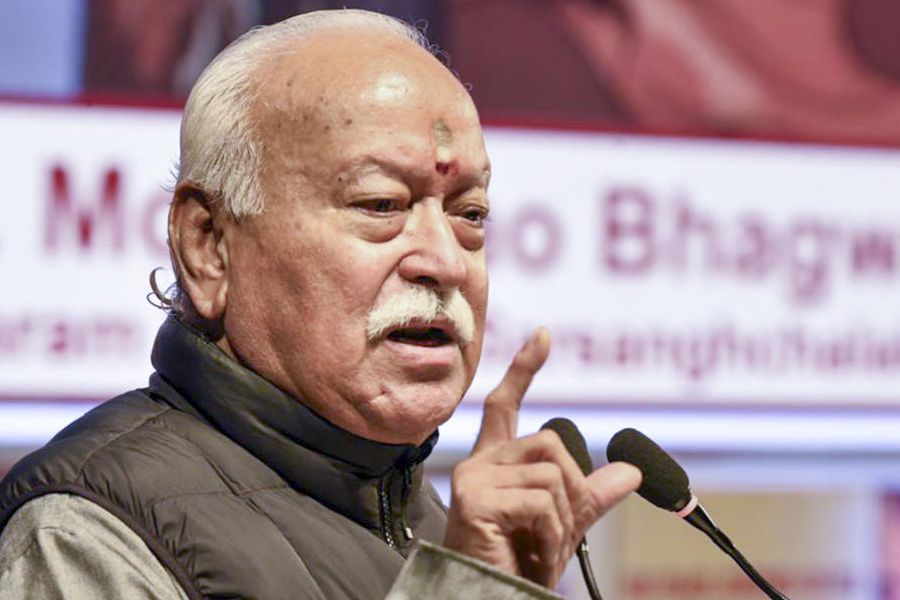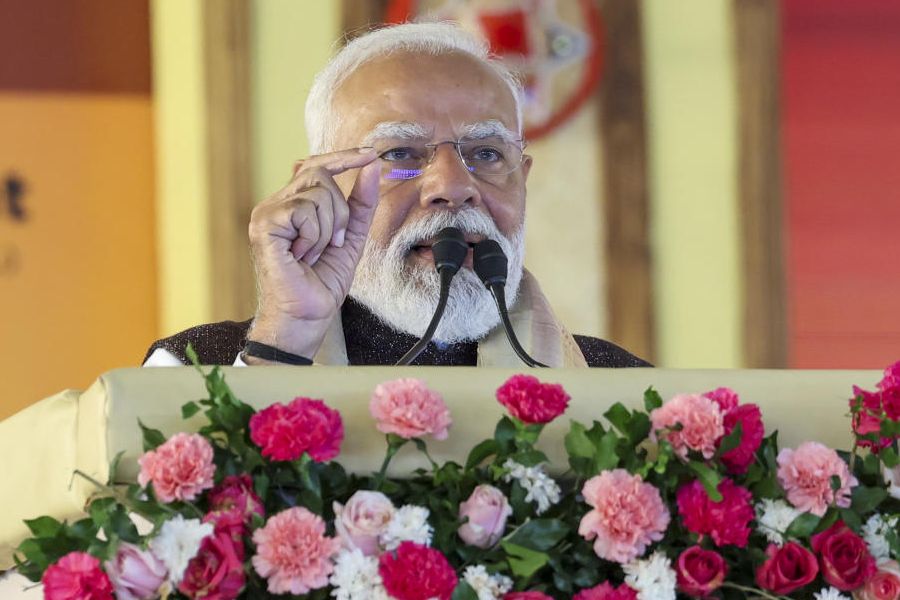This is going to be a veritable pilgrimage,’ Prue laughed. ‘We’ve got to do Dartington together.’ It took us three years to make that dream come true. My friend Prue Fuller, married to John Fuller, the poet, lives in Oxford. And it was well past midnight at their home when we realised we both had a spiritual connection. The man linking us together was, of course, no more. But as children ? in two different parts of the world ? we were destined to have him invisibly connect us forever.
The person in question was Leonard Elmhirst who became a friend of my parents while he was working with Rabindranath Tagore in Santiniketan. Prue knew him at Dartington Hall, where she spent a large part of her childhood, riding horses across the Devon meadows. Her father happened to be the bursar at this unique institution and Prue lived with her family on the premises.
Decades later, we were ready to return to a past we had left behind, and play again with the tassels of memories. Dartington Hall was set up by Leonard and Dorothy Elmhirst in Devon in the mid-1920s combining an unusual sense of courage and adventure. Their vision laid the foundations and created the spirit upon which present-day Dartington is based.
Leonard (1893-1974) came from a land-owning family in Yorkshire. Unhappy public school experiences contributed to his disenchantment with the Edwardian establishment. Yet, during his initial visit to India in the thick of World War I, the seeds of his plan for Dartington were sown. This experience led him to take a course in agriculture at Cornell University, where he met Tagore’s son, Rathindranath, and later, returned to work at Santiniketan and help the poet set up the Institution for Rural Reconstruction.
At Cornell, Leonard also met Dorothy Whitney Straight, widow of US diplomat, Willard Straight, and daughter of William C. Whitney, the fabulously wealthy American businessman and statesman. When Leonard finally married Dorothy, they discovered Dartington Hall in England on March 5, 1925.
The Elmhirsts subsequently bought the estate and decided to set up an experimental school on the lines of Tagore’s Santiniketan. I decided to drive down to Dartington on a rain-lashed morning with my friend, Joe Roberts. Prue had caught a train the previous night to meet us on our arrival there. The excitement built up, even as I sat back to watch the counties of Wiltshire and Somerset melt away and give way to Devon.
The South of England, I submit, is England at its best ? ancient castles set up in sweeping parkland, thatched villages undisturbed in green, green valleys and the soaring spires of cathedral cities where history has been made. The coastline here, spread out in all its rugged drama and dotted with historic ports, has a vibrant maritime heritage. Here castles stand in silent testimony, battle-scarred from over 2,000 years of rugged history, to tell tales of war and valour. Here gardens famed for their extraordinary beauty, spread their perfume to entice visitors. A quaint country lane lined with ancient oaks opened into an idyllic village where the smell of roses from a nearby hedge and the chime of church bells added a wild, romantic dimension to my ‘pilgrimage’.
The rain gave way to bright sunshine as soon as we entered Devon. Often referred to as the ‘English Riviera’, Devon is where Agatha Christie, the world’s greatest mystery writer, was born in 1890. South Devon was her beat and you can still discover the places she loved to visit as a child, the villages which inspired the Miss Marple and Poirot stories and the towns that were made famous in her novels ? Torquay, Dartmouth and Brixton.
Our journey took us from the Victorian elegance of the ‘English Riviera’ onto a quixotic tour that ended in the rural tranquility of the unspoilt Dartington countryside. And when we finally arrived at Leonard Elmhirst’s famous institution at midday, Prue was waiting for us at the guesthouse.
Dartington Hall brought back vivid recollections of Leonard at our home, when he’d come visiting Rathindranath Tagore and my parents. I could well imagine what must have prompted him to set up such a unique school. In the early years, I discovered, the Elmhirsts never had a blueprint for their newly purchased estate. But they brought to it a diversity defined as much by Leonard’s contact with Tagore and his visionary ideas as by Dorothy’s deep involvement with the arts, gardening and social welfare.
The school they subsequently set up was the most revolutionary of its times. There was an absolute minimum of classroom work; the children learnt working alongside the farmers, foresters, builders and other estate workers. The Elmhirsts planted orchards, created a poultry department and woodlands extending up to Dartmoor. On the lower ground of the estate, they also created a sawmill, a textile mill, a cider-making plant and a gleaming white office block designed by William Lescaze from New York.
Studios and workshops for the practice and performance of the arts were also built near the Hall. And Dorothy breathed life into the gardens that have a number of beautiful sculptural features, including Willi Soukop’s Bronze Donkey and the granite Swan Fountain, and a reclining figure in Hornton stone by Henry Moore.
Dartington Hall was built in the 14th century by John Holand, Earl of Huntingdon and half-brother to Richard II. His crest, a white hart on a red rose, can still be seen on the vaulted archway to the Porch Tower. Story-tellers, musicians and jugglers were the original entertainers at Holand’s court here. Centuries later, Leonard and Dorothy had drawn around them a group of especially creative people. These included Kurt Jooss and his ballet company who’d escaped from Nazi persecution; Michael Chekov, a pupil of Stanislavski from the Moscow Arts Theatre; Rudolf Von Laban, with his radically new approaches to movement; the painters, Mark Tobey and Cecil Collins; and potter Bernard Leach. Henry Moore also spent time on the premises, sculpting and letting his imagination breathe life into stone. Uday Shankar’s dance troupe came to perform here and Rabindranath visited Dartington to be quite enchanted by the atmosphere.
For close to 80 years now, Dartington Hall has given focus and support to a variety of activities connected with education and the arts. To the public at large, it is best known for its splendid mediaeval courtyard and as a regional centre for concerts, films, conferences, lectures and theatre performances. Its international summer school is well-reputed across the world.
Equally well-known is its International Centre for Ecological Studies. The Trust’s outstanding collection of paintings and ceramics is also open to the public. Today, Darting Arts organises an annual programme of exhibitions, music, theatre, dance and other performances in its wonderful environs. Thousands visit these festivals and many artists stay back for the residential weekend courses run throughout the year.
The original school, which was begun with just nine pupils, has now become an arts institution of repute, strongly influenced in its initial stages by the philosophy Rabindranath Tagore had breathed into his school across the seas, in a corner of Birbhum in West Bengal. As Prue and I wander through the estate, we know, without speaking, that the spirit of Leonard and Dorothy Elmhirst still pervades the space, silently guiding us to lesser crowded areas within the estate, whispering tales they’d told us when we were children, leading us through the splendour of the vast gardens to tousle those garlands of reminiscences still scented in our mind. Indeed, it was a pilgrimage worth taking.
Photographs by the author











